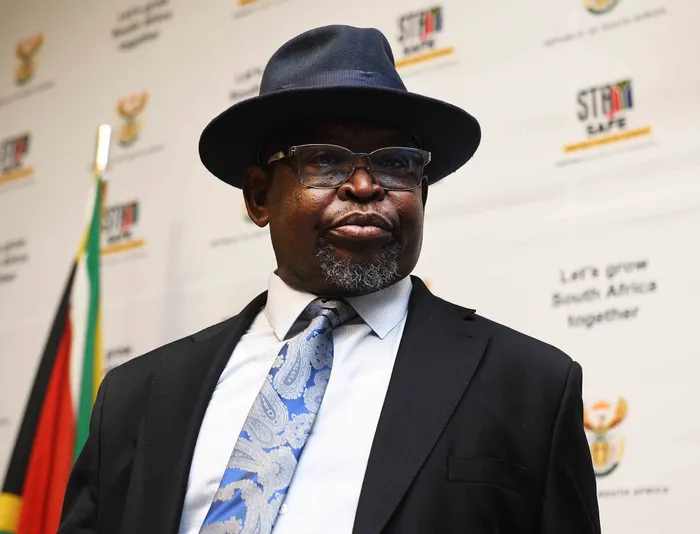Only CPI was considered for the lower inflation target of 3%
MID TERM BUDGET

Finance Minister Enoch Godongwana delivered his Medium-Term Budget Policy Statement (MTBPS) on Wednesday.
Image: Independent Newspapers
Treasury officials said that only the headline Consumer Price Index (CPI) was considered as an inflation target measure, as the public was most familiar with that measure and that would help to anchor inflation expectations.
When inflation targeting was introduced in South Africa in 2000, then Finance Minister Trevor Manuel mentioned the headline CPI measure in his Budget speech, but the South African Reserve Bank preferred to use the more stable CPIX measure, which excludes mortgage payments. Other central banks also use other non-CPI measures such as a trimmed-mean measure, which excludes items that fall outside tolerance levels, or a personal consumption expenditure price index.
South African Reserve Bank (SARB) governor Lesetja Kganyago has been agitating for several years to move away from the 3% to 6% inflation target band. Initially he proposed moving to a 4.5% point inflation target and then to a 3% inflation target point. On November 12, 2025, Finance Minister Enoch Godongwana made a 3% inflation target with a 1 percentage point either side tolerance band official monetary policy.
In the media briefing Kganyago said that when inflation walks into the room, then the rand jumps out of the window. “A lower inflation target will help in protecting the value of money,” he said.
He pointed out that the use of tolerance bands would allow the central bank to “look through” temporary inflation shocks such a drought or spike in energy prices, so the central bank would evaluate second round effects and in that regard measures such as a trimmed-mean measure would help inform the monetary policy decisions.
He noted that the SARB’s Quarterly Projection Model (QPM) forecast five 25 basis points cuts over the next two years, but he emphasised that the central bank did not outsource its decisions to a model.
The overall aim of a lower inflation target was to create a low inflation, low interest rate economy that would boost fixed investment and household consumption.
The Medium Term Budget Policy Statement (MTBPS) said that the policy aims underlined government's commitment to deliver on its fiscal targets, while rebuilding credibility, unlocking a virtuous cycle of cheaper capital, higher investment, lower living costs, and stronger economic growth and service delivery.
Already the talk of moving to a 3% inflation target has had an impact on inflation expectations and foreign investor perceptions of South Africa. Foreign participation in domestic bond auctions has grown from 24.8% in April 2025 to 26.8% in September 2025.
The Treasury said this increased participation was supported by lower global risk aversion and improved sovereign risk perceptions, bolstering demand and lowering yields. During this period, credit rating agencies reaffirmed South Africa's sovereign ratings and outlook, citing progress on fiscal consolidation and stronger external balances.
This has already led to lower debt service costs as debt service costs in the current year will be R4.8 billion lower than estimated in the 2025 Budget, supported by lower interest rates, lower inflation and a stronger currency.